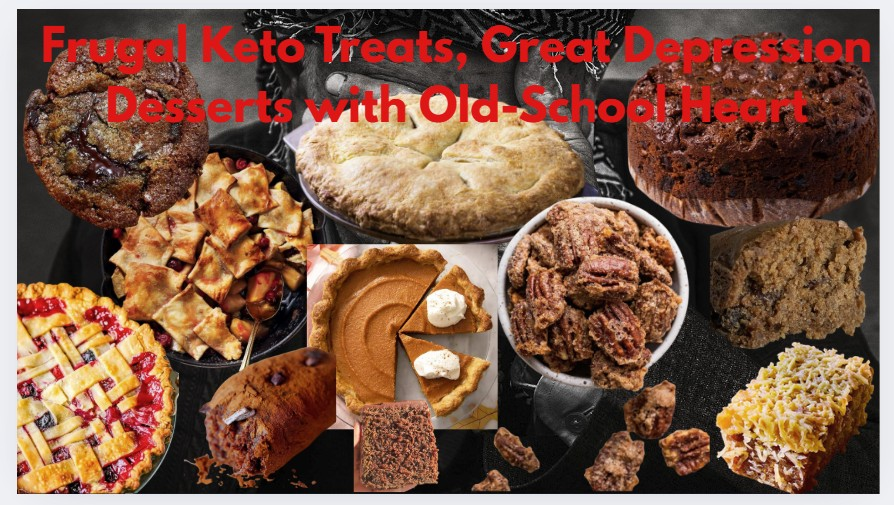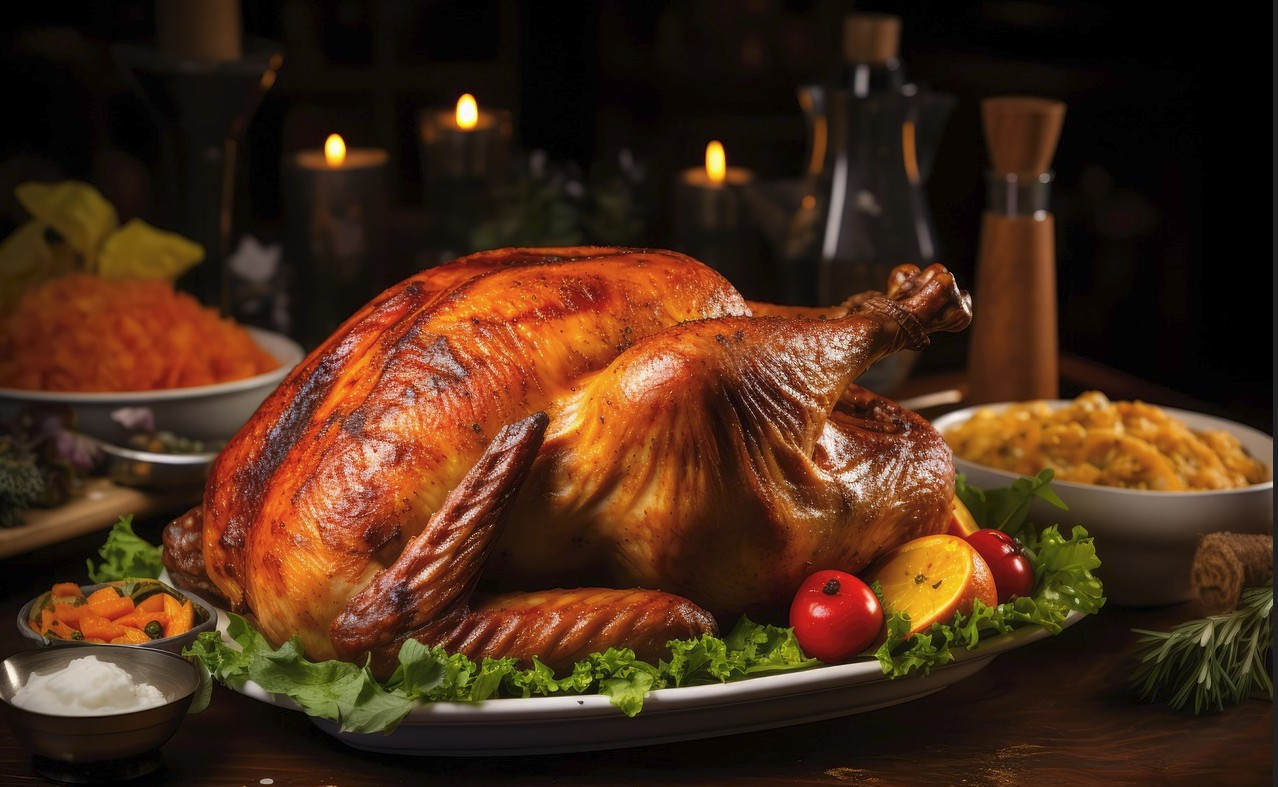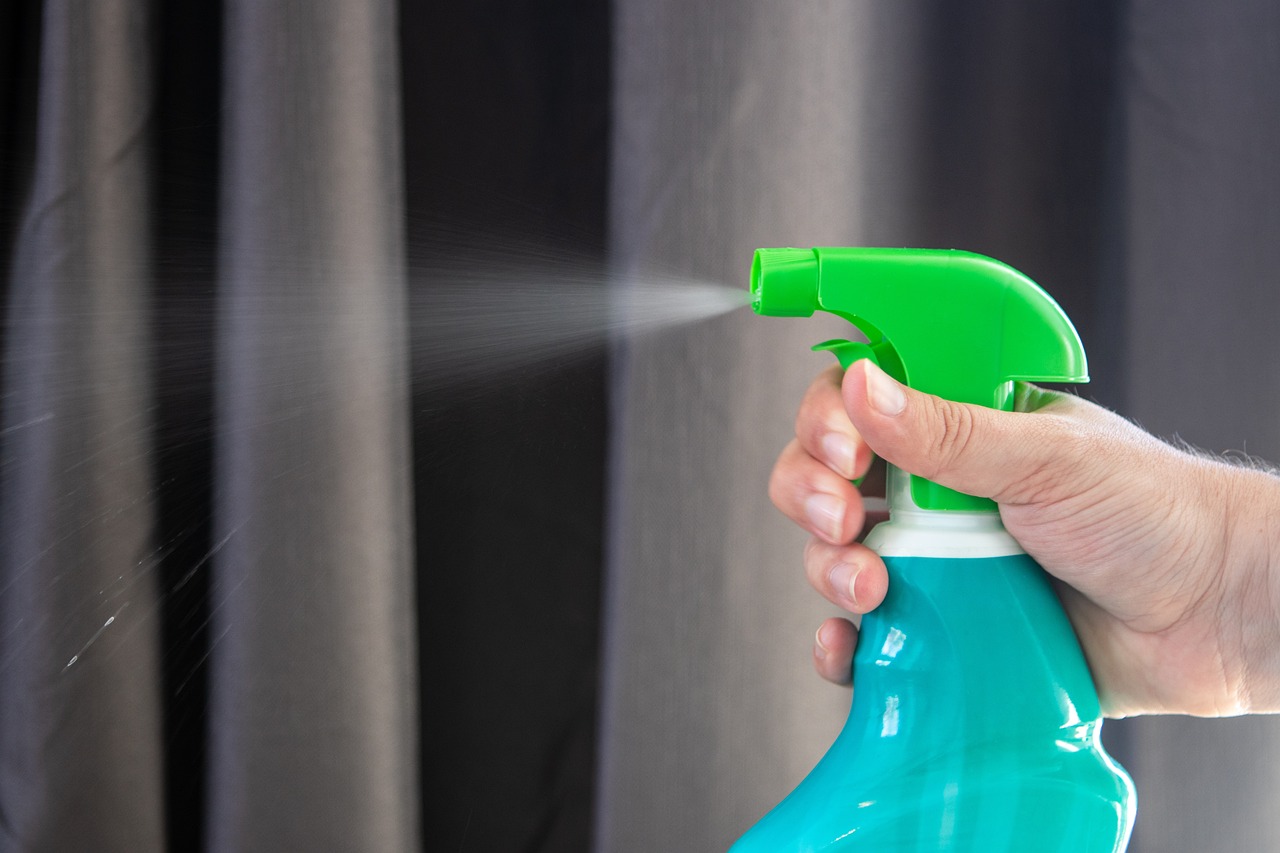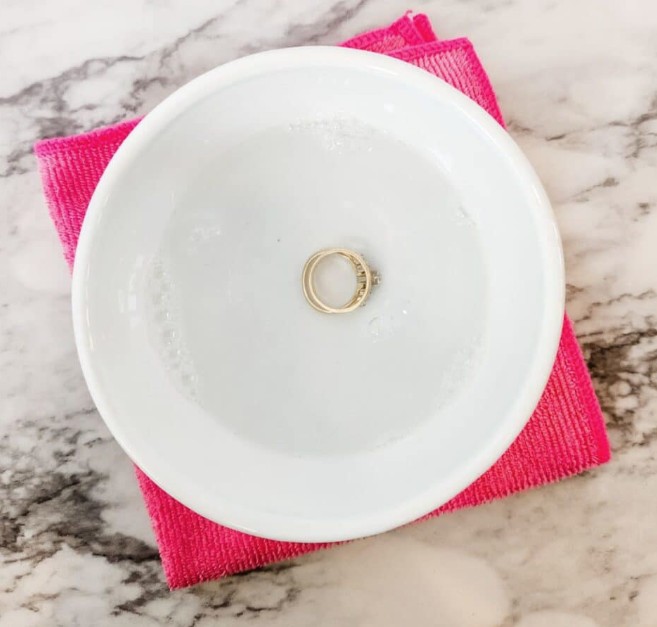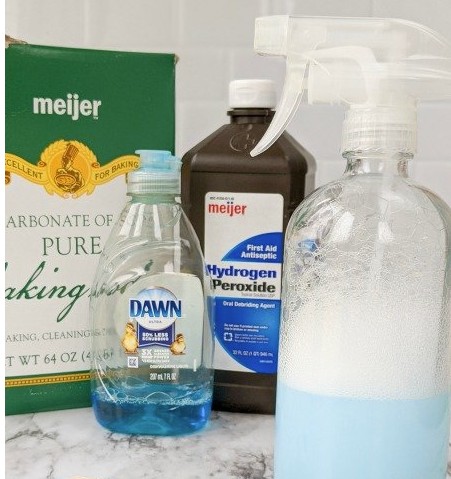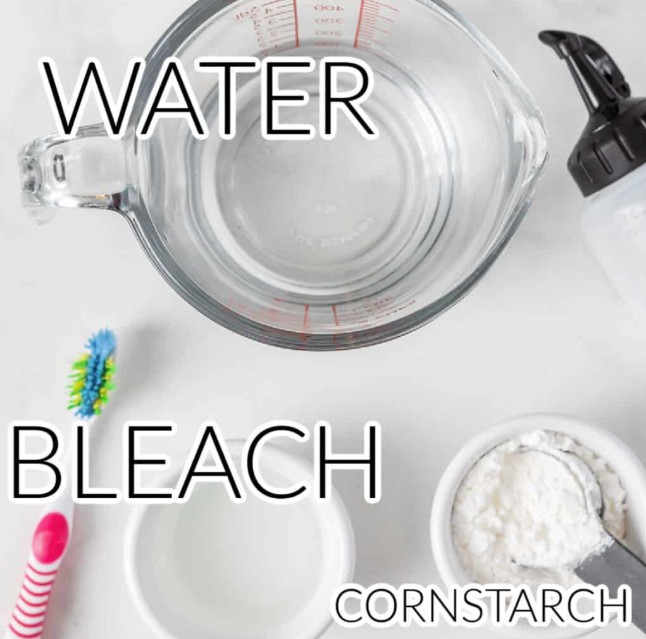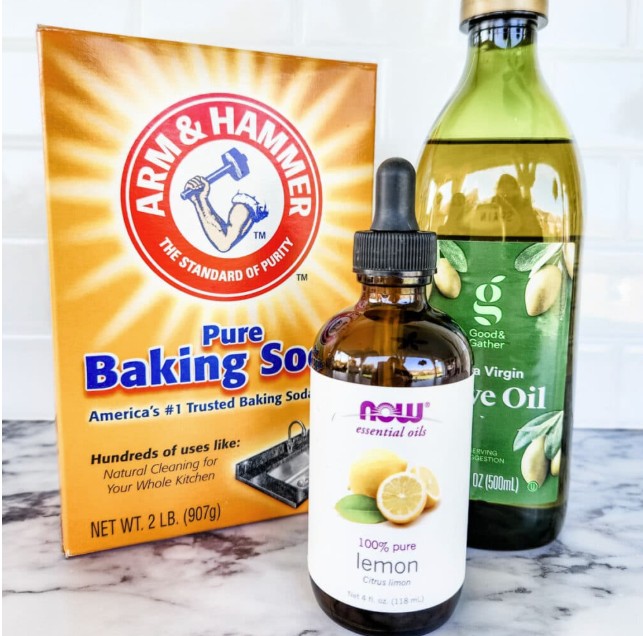More people want safe, effective, and affordable ways to clean at home. Store-bought sprays often come with long chemical lists, unpronounceable names, and a smell that makes you wonder if it’s actually safe to use. That’s why homemade cleaners have caught on—quickly and for good reason. Many households now swap out the unfamiliar stuff for solutions made with pantry staples for homemade cleaner. The drive to cut down on harsh chemicals, stretch a dollar, and be kinder to the planet motivates a growing number of DIYers.
In this post, you’ll learn what goes into a good homemade cleaner (including smart safety tips), see why simple pantry staples make powerful “green” cleaners, find easy recipes for every room, and walk away ready to mix up your first batch.
Essential Ingredients for Effective Homemade Cleaners
A quick glance at most cleaning labels will show a bunch of chemical compounds you might need a chemistry degree to decode. With homemade cleaning, the ingredients are common, pronounceable, and easy to find.
These are the essentials:
- Distilled white vinegar (for cutting through grease and dissolving mineral deposits)
- Baking soda (as a mild abrasive and odor neutralizer)
- Lemon juice (natural acid with a fresh scent)
- Dawn dish soap
- Liquid castile soap (mild and plant-based for safe, gentle cleaning)
- Essential oils (for fragrance and extra cleaning power)
- Hydrogen peroxide (for disinfecting, though it requires care)
Most homemade cleaner ingredients work well in many areas around the house. But not every solution fits every job—some surfaces don’t play well with acids, and some scents are not for everyone.
DIY Homemade Bathroom Cleaner
You’ll need:
- 12 ounces white vinegar
- 8 ounces Dawn dish soap I used the blue kind
Instructions
- Heat vinegar until hot and pour into a spray bottle.
- Add the Dawn dish soap. Put the lid on and gently shake to incorporate.
- Use and be amazed at how well your bathroom gets cleaned! For tough soap scum build-up, spray the mixture on and allow it to sit as long as overnight. Then, scrub and rinse.
Tips:
- You will only want to lightly spray the surface you are cleaning as this cleaner is quite sudsy and if you get spray happy you might get frustrated at the effort it takes to wipe it all up!
- I had originally posted this as equal parts Dawn dish soap and white vinegar. But since then have discovered that 8 oz. of Dawn works just as well and also produces fewer suds, making it easier to wipe clean.
Vinegar, Baking Soda, and Lemon Juice: The Power Trio
Vinegar works like a magic eraser for soap scum, limescale, and sticky messes. Its smell disappears as it dries. Baking soda’s gritty texture lifts stains, scrubs surfaces, and neutralizes odors (think of it as a gentle sandpaper that won’t scratch). Lemon juice brings the punch of citric acid and the clean scent chefs dream about in their kitchens.
If your sink stinks, sprinkle in baking soda, splash some vinegar, and watch the fizz work. For stains on pots or counters, a little lemon juice adds extra punch.
Natural Soaps and Essential Oils
Liquid castile soap comes from simple ingredients like olive oil and coconut oil. It’s mild, cuts through grime, and is friendly even on sensitive skin. You’ll find this soap in many natural cleaning recipes.
Essential oils do more than add a nice smell. For example:
- Tea tree oil: helps guard against bacteria and mold.
- Lavender oil: great for calming scents, also has gentle cleaning power.
- Peppermint: gives a crisp, wake-up scent and has its own freshening perks.
Add a few drops for fragrance or a little extra cleaning boost. Not all essential oils are safe for pets, so double-check before use.
Cautions and Safe Storage Tips for Ingredients
Mixing natural ingredients can help cut out questionable chemicals, but not every combo is a winner. Here’s where it pays to pause:
- Never mix vinegar and hydrogen peroxide in the same container. The blend forms peracetic acid, which can burn your skin and lungs.
- Don’t use vinegar or lemon on natural stone: acid eats away at surfaces like granite, marble, and limestone.
- Store all DIY cleaners in labeled, childproof bottles. Keep away from pets, and never reuse bottles that once held strong chemicals.
A clear, labeled spray bottle helps remind you what’s inside (and keeps curious kids and guests safe).
Step-by-Step Recipes for DIY Homemade Cleaners
Rolling your own cleaners is as easy as making a vinaigrette—and honestly, it’s just as satisfying when you find a routine that works. Here are a few time-tested recipes, written for beginners and seasoned cleaners alike.
All-Purpose Surface Cleaner
This spray works for counters, fridges, door handles—you name it. I use this one every day in my own kitchen.
You’ll need:
- 1 cup distilled white vinegar
- 1 cup water (distilled or filtered is best)
- 10-15 drops essential oil (optional for scent and extra cleaning)
- A clean spray bottle
Instructions:
- Pour vinegar and water into the bottle using a funnel.
- Add your favorite essential oil (I usually go with lavender or tea tree).
- Shake gently to mix.
To use: Spray directly on most hard surfaces (avoid natural stone) and wipe with a clean rag or paper towel.
Personal tip: Try it on your refrigerator door. The fingerprint shine disappears, and the subtle scent lingers just long enough.
Glass and Mirror Cleaner
This formula cuts through streaks and leaves glass sparkling. Friends have asked what I use on my windows because they look so clear.
Ingredients:
- 1/4 cup distilled white vinegar
- 1/4 cup rubbing alcohol (isopropyl, at least 70%)
- 1 tablespoon cornstarch (prevents streaks—a secret ingredient)
- 2 cups warm water
- 5 drops of lemon essential oil (optional)
Instructions:
- Add all ingredients to a spray bottle.
- Shake until the cornstarch is dissolved.
- Spray lightly onto glass or mirrors.
- Wipe with a lint-free cloth (old t-shirt or microfiber works best).
Extra: Clean in the shade or when the glass is cool for best results. Sunlight can dry the spray too quickly and leave streaks.
Bathroom and Kitchen Degreaser
For the stuck-on messes, something a little stronger does the trick. Grease in the kitchen and soap scum in the bathroom meet their match.
Ingredients:
- 1/2 cup baking soda
- 1/4 cup liquid castile soap
- 10 drops tea tree essential oil
- Enough water to make a thick paste
Instructions:
- Mix baking soda and castile soap in a bowl.
- Add essential oil and enough water to reach a paste consistency.
- Apply to sinks, stovetops, grout, or shower tiles with a sponge.
- Let it sit for 5 minutes, then scrub and rinse.
Anecdote: After a spaghetti night disaster, this paste got tomato sauce splatters off my white range with no sweat—no harsh fumes, just a fresh, clean finish.
Making your own homemade cleaner puts you back in control of what touches your countertops and fills your home with scent. With just a handful of simple, safe ingredients, you can tackle everyday messes, ditch the chemical haze, and even save money in the process. If you’re new to DIY cleaners, start with the all-purpose spray—see how your space looks and smells after a week.
Cleaning doesn’t have to be complicated or costly. Trust your senses and experiment within a few basic guidelines. For deeper dives into the science or more recipes (like homemade laundry or floor cleaners), check out resources like the Environmental Working Group or trusted green cleaning guides.
Ready to clean with peace of mind? Your home (and the planet) will thank you.



